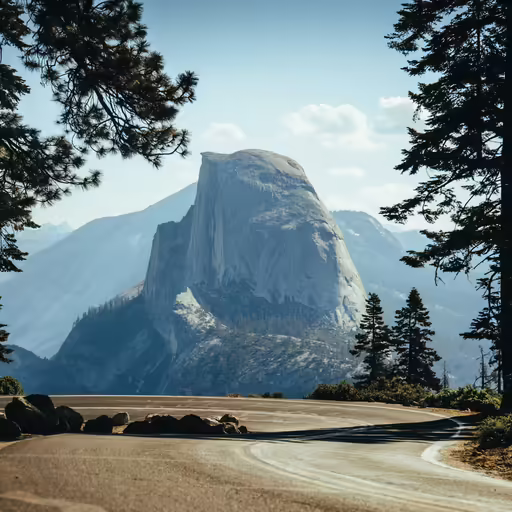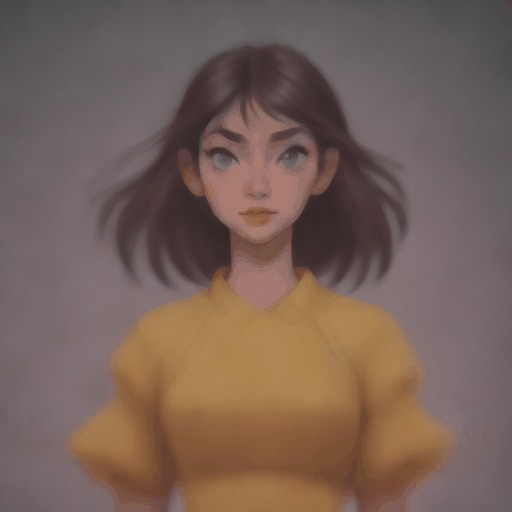潜在一致性模型
[[open-in-colab]]
潜在一致性模型 (LCMs) 通过直接在潜在空间而不是像素空间中预测反向扩散过程,实现快速高质量的图像生成。换句话说,LCMs 试图从噪声图像中预测出无噪声图像,而典型的扩散模型则是逐步从噪声图像中去除噪声。通过避免迭代采样过程,LCMs 能够在 2-4 步内生成高质量图像,而不是 20-30 步。
LCMs 是从预训练模型中蒸馏出来的,这需要大约 32 小时的 A100 计算时间。为了加快这一过程,LCM-LoRAs 训练了一个 LoRA 适配器,其参数量远少于完整模型。一旦训练完成,LCM-LoRA 可以插入到扩散模型中。
本指南将向你展示如何使用 LCMs 和 LCM-LoRAs 进行快速推理任务,以及如何将它们与其他适配器(如 ControlNet 或 T2I-Adapter)一起使用。
TIP
LCMs 和 LCM-LoRAs 可用于 Stable Diffusion v1.5、Stable Diffusion XL 和 SSD-1B 模型。你可以在 潜在一致性 集合中找到它们的检查点。
文本到图像
图像到图像
图像修复
要使用 LCM-LoRAs 进行图像修复,你需要将调度器替换为 [LCMScheduler],并使用 [~loaders.StableDiffusionLoraLoaderMixin.load_lora_weights] 方法加载 LCM-LoRA 权重。然后你可以像往常一样使用管道,并传递文本提示、初始图像和掩码图像,只需 4 步即可生成图像。
import torch
from diffusers import AutoPipelineForInpainting, LCMScheduler
from diffusers.utils import load_image, make_image_grid
pipe = AutoPipelineForInpainting.from_pretrained(
"runwayml/stable-diffusion-inpainting",
torch_dtype=torch.float16,
variant="fp16",
).to("cuda")
pipe.scheduler = LCMScheduler.from_config(pipe.scheduler.config)
pipe.load_lora_weights("latent-consistency/lcm-lora-sdv1-5")
init_image = load_image("https://huggingface.co/datasets/huggingface/documentation-images/resolve/main/diffusers/inpaint.png")
mask_image = load_image("https://huggingface.co/datasets/huggingface/documentation-images/resolve/main/diffusers/inpaint_mask.png")
prompt = "concept art digital painting of an elven castle, inspired by lord of the rings, highly detailed, 8k"
generator = torch.manual_seed(0)
image = pipe(
prompt=prompt,
image=init_image,
mask_image=mask_image,
generator=generator,
num_inference_steps=4,
guidance_scale=4,
).images[0]
image

适配器
LCMs 兼容 LoRA、ControlNet、T2I-Adapter 和 AnimateDiff 等适配器。你可以将 LCMs 的速度应用到这些适配器上,以生成特定风格的图像或根据其他输入(如 Canny 图像)对模型进行条件化。
LoRA
LoRA 适配器可以快速微调,从少数几张图像中学习新的风格,并插入预训练模型中以生成该风格的图像。
ControlNet
ControlNet 是适配器,可以针对各种输入(如 Canny 边缘、姿态估计或深度)进行训练。ControlNet 可以插入到管道中,为模型提供额外的条件和控制,从而实现更准确的生成。
你可以在 lllyasviel 的仓库中找到针对其他输入训练的更多 ControlNet 模型。
T2I-Adapter
T2I-Adapter 是一个比 ControlNet 更轻量的适配器,它为预训练模型提供了一个额外的输入条件。它的速度比 ControlNet 更快,但结果可能会稍差一些。
你可以在 TencentArc 的仓库中找到其他输入训练的 T2I-Adapter 检查点。
AnimateDiff
AnimateDiff 是一个适配器,可以为图像添加运动效果。它可以与大多数 Stable Diffusion 模型一起使用,有效地将这些模型转变为“视频生成”模型。使用视频模型生成良好的结果通常需要生成多个帧(16-24 帧),这在使用常规的 Stable Diffusion 模型时可能会非常慢。LCM-LoRA 可以通过每帧仅需 4-8 步来加速这一过程。
加载一个 [AnimateDiffPipeline] 并传递一个 [MotionAdapter]。然后将调度器替换为 [LCMScheduler],并使用 [~loaders.UNet2DConditionLoadersMixin.set_adapters] 方法将两个 LoRA 适配器结合在一起。现在你可以将一个提示传递给管道并生成一个动画图像。
import torch
from diffusers import MotionAdapter, AnimateDiffPipeline, DDIMScheduler, LCMScheduler
from diffusers.utils import export_to_gif
adapter = MotionAdapter.from_pretrained("guoyww/animatediff-motion-adapter-v1-5")
pipe = AnimateDiffPipeline.from_pretrained(
"frankjoshua/toonyou_beta6",
motion_adapter=adapter,
).to("cuda")
# set scheduler
pipe.scheduler = LCMScheduler.from_config(pipe.scheduler.config)
# load LCM-LoRA
pipe.load_lora_weights("latent-consistency/lcm-lora-sdv1-5", adapter_name="lcm")
pipe.load_lora_weights("guoyww/animatediff-motion-lora-zoom-in", weight_name="diffusion_pytorch_model.safetensors", adapter_name="motion-lora")
pipe.set_adapters(["lcm", "motion-lora"], adapter_weights=[0.55, 1.2])
prompt = "best quality, masterpiece, 1girl, looking at viewer, blurry background, upper body, contemporary, dress"
generator = torch.manual_seed(0)
frames = pipe(
prompt=prompt,
num_inference_steps=5,
guidance_scale=1.25,
cross_attention_kwargs={"scale": 1},
num_frames=24,
generator=generator
).frames[0]
export_to_gif(frames, "animation.gif")
